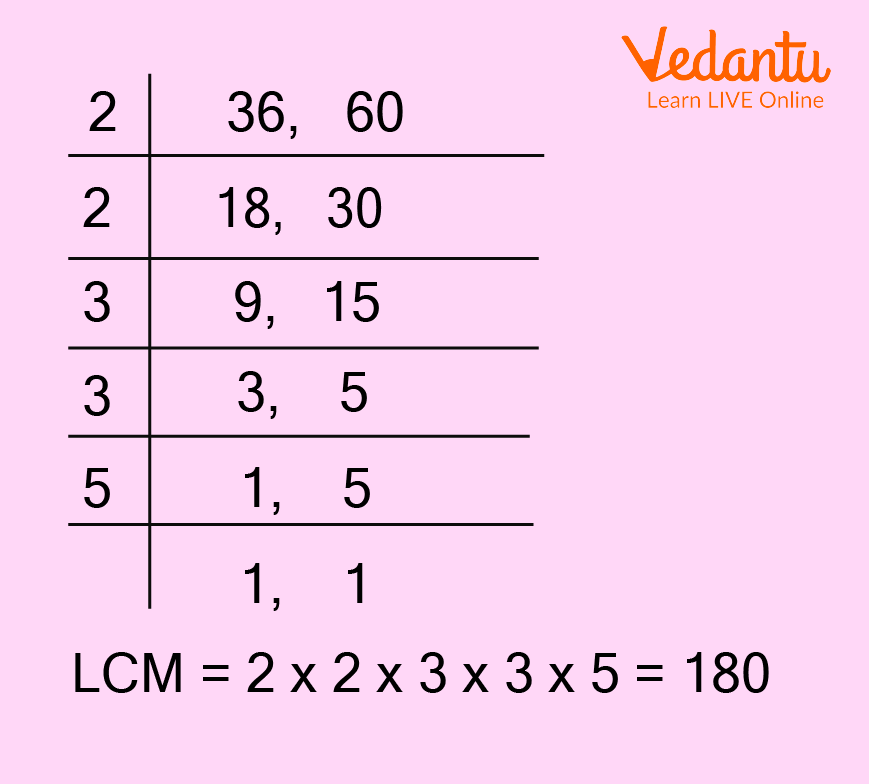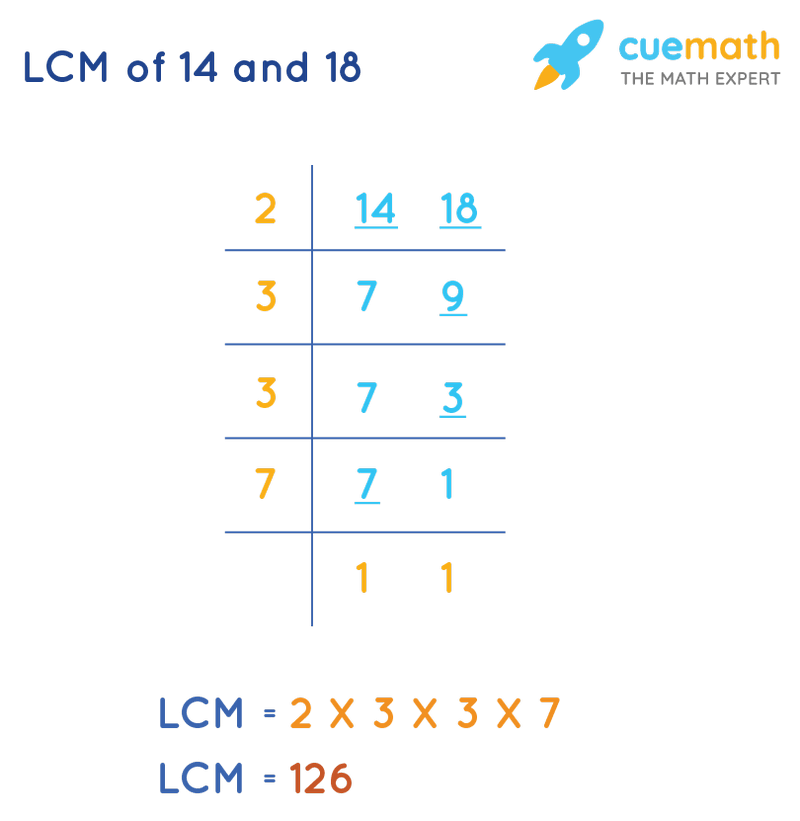Imagine you’re baking a delicious batch of cookies. You have a recipe that calls for 15 chocolate chips and a different one that needs 9. You want to bake both recipes, but you want to use the same number of chocolate chips for each. How do you figure out the smallest number of chips you need to buy? This is where the Least Common Multiple (LCM) comes in, a handy tool that lets us efficiently manage multiple quantities simultaneously. Today, we dive into the fascinating world of the LCM, specifically exploring the LCM of 15 and 9.

Image: www.vedantu.com
The Least Common Multiple is like a musical conductor, guiding different quantities to harmonize perfectly. It’s the smallest number that’s a multiple of both the given numbers. Learning about the LCM isn’t just about cookies – it’s about understanding the common rhythm of numbers, a skill valuable in various aspects of our lives, from budgeting to time management to even understanding complex scientific formulas.
Delving into the Realm of Multiples and the Least Common Multiple
Before we embark on finding the LCM of 15 and 9, let’s understand the basics. A multiple of a number is the result of multiplying that number by any whole number. For instance, multiples of 3 are 3, 6, 9, 12, 15, and so on. The LCM is the smallest number that is a multiple of both the numbers we’re considering.
To find the LCM of 15 and 9, we can utilize a few different methods:
Method 1: Listing Multiples
This is a straightforward approach, especially for smaller numbers.
- List out the multiples of 15: 15, 30, 45, 60, 75, 90…
- List out the multiples of 9: 9, 18, 27, 36, 45, 54, 63, 72, 81, 90…
- Identify the smallest number that appears in both lists – in this case, it’s 45.
Therefore, the LCM of 15 and 9 is 45.
Method 2: Prime Factorization
This method is more systematic and works well for larger numbers.
-
Prime Factorization: Break down 15 and 9 into their prime factors.
- 15 = 3 x 5
- 9 = 3 x 3
-
Identify Common and Unique Factors: Both numbers share a factor of 3. 15 has a unique factor of 5, and 9 has a unique factor of 3.
-
Multiply All Factors: Multiply the highest powers of all the prime factors: 3² x 5 = 45
Therefore, the LCM of 15 and 9 is 45.

Image: www.cuemath.com
Method 3: Dividing by the Greatest Common Factor (GCD)
This method uses the relationship between the LCM and GCD.
-
Find the GCD: The GCD of 15 and 9 is 3.
-
Apply the Formula: LCM(a, b) = (a x b) / GCD(a, b)
- LCM(15, 9) = (15 x 9) / 3
- LCM(15, 9) = 45
Therefore, the LCM of 15 and 9 is 45.
Real-World Applications of the LCM
The LCM isn’t just a mathematical concept confined to textbooks. It has practical applications in various aspects of our lives:
-
Baking: Whether you’re baking cookies, cakes, or bread, ensuring you have the right ingredients in the correct quantities is crucial. The LCM helps determine the minimum number of ingredients needed when dealing with multiple recipes.
-
Calendars and Time Management: When planning events, meetings, or deadlines, the LCM helps you find the earliest date or time when all the events can occur simultaneously. For example, if you need to meet with two colleagues, one every 15 days and the other every 9 days, you can use the LCM to determine when they can meet together.
-
Construction and Engineering: In building projects, the LCM is used to coordinate the different lengths of materials, ensuring that they are cut and fitted precisely.
-
Music: The LCM is fundamental to music theory, helping musicians understand how different musical notes and intervals relate to each other.
Mastering the LCM: Actionable Tips and Expert Insights
The LCM may seem like an abstract concept, but understanding it can empower us to solve practical problems.
-
Start with Simple Examples: Practice finding the LCM of small numbers before tackling more complex ones.
-
Utilize Visual Aids: Use number lines, diagrams, or prime factorization trees to visualize the process of finding the LCM.
-
Embrace Mistakes as Learning Opportunities: Don’t be discouraged if you make mistakes. They are valuable opportunities to learn and refine your understanding of the LCM.
-
Apply the LCM in Daily Life: Look for opportunities to apply the LCM in real-world situations, turning abstract concepts into tangible experiences.
Lcm 15 And 9
Conclusion: The LCM – A Universal Language of Harmony
Finding the LCM of 15 and 9 is about more than just a mathematical exercise. It’s about recognizing the underlying patterns and harmonies that exist in the world around us. By understanding the LCM, we gain a deeper appreciation for the interconnected nature of numbers and their ability to guide us in managing various aspects of our lives.
From baking to time management, the LCM proves its value in coordinating our efforts and making life more efficient. Remember, the world of numbers is a vast and exciting one, ripe for exploration. As you delve further, you’ll discover its beauty and practical applications, transforming your understanding of numbers from mere digits to powerful tools for solving problems and making life more harmonious.





